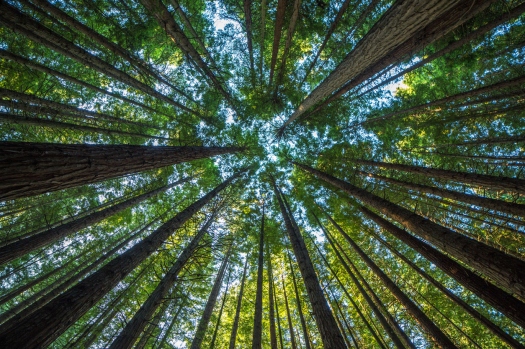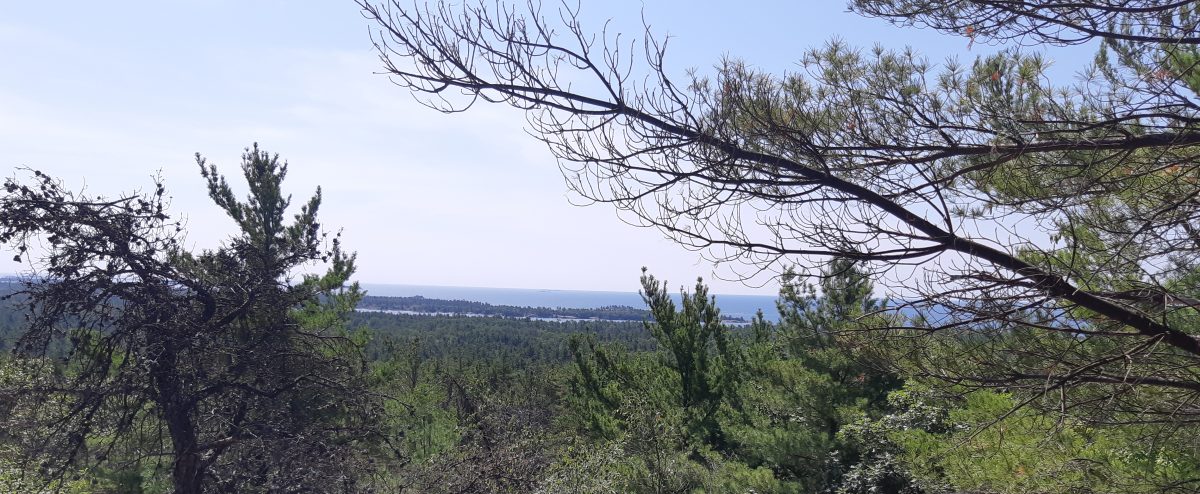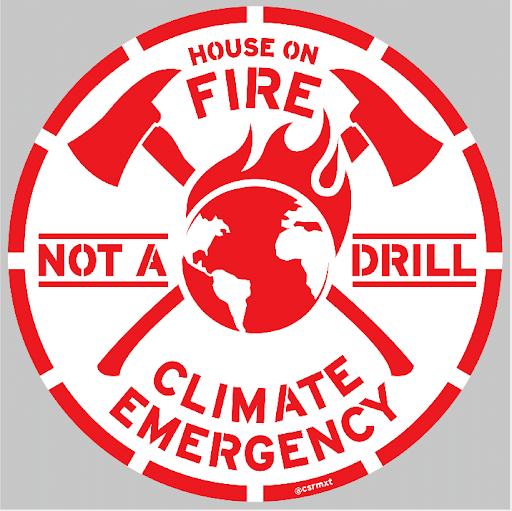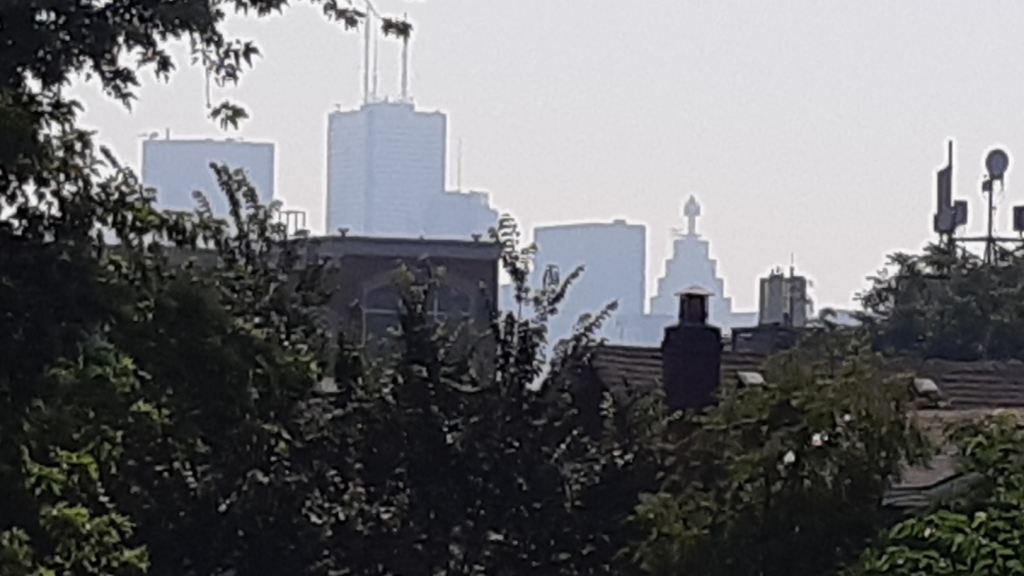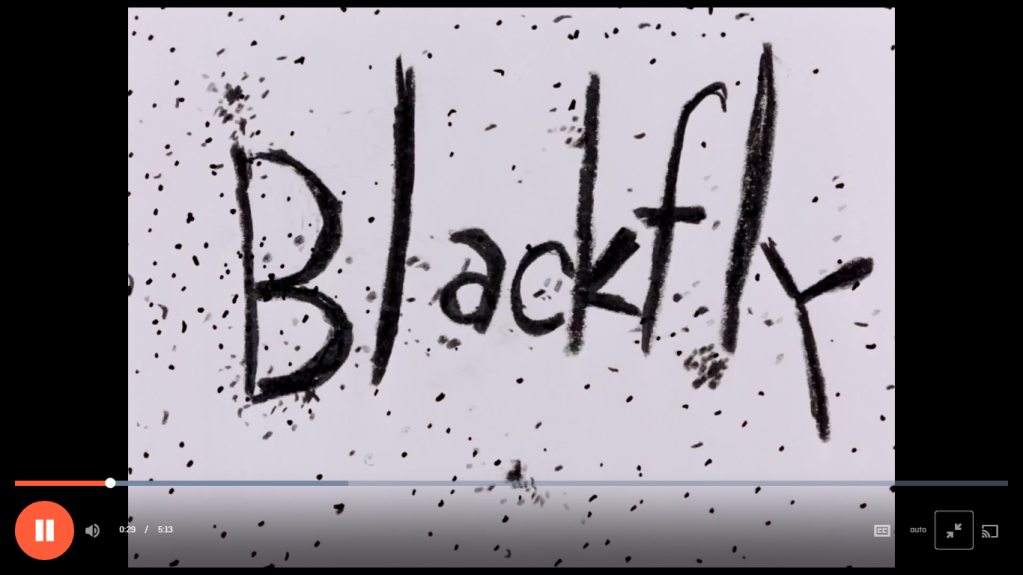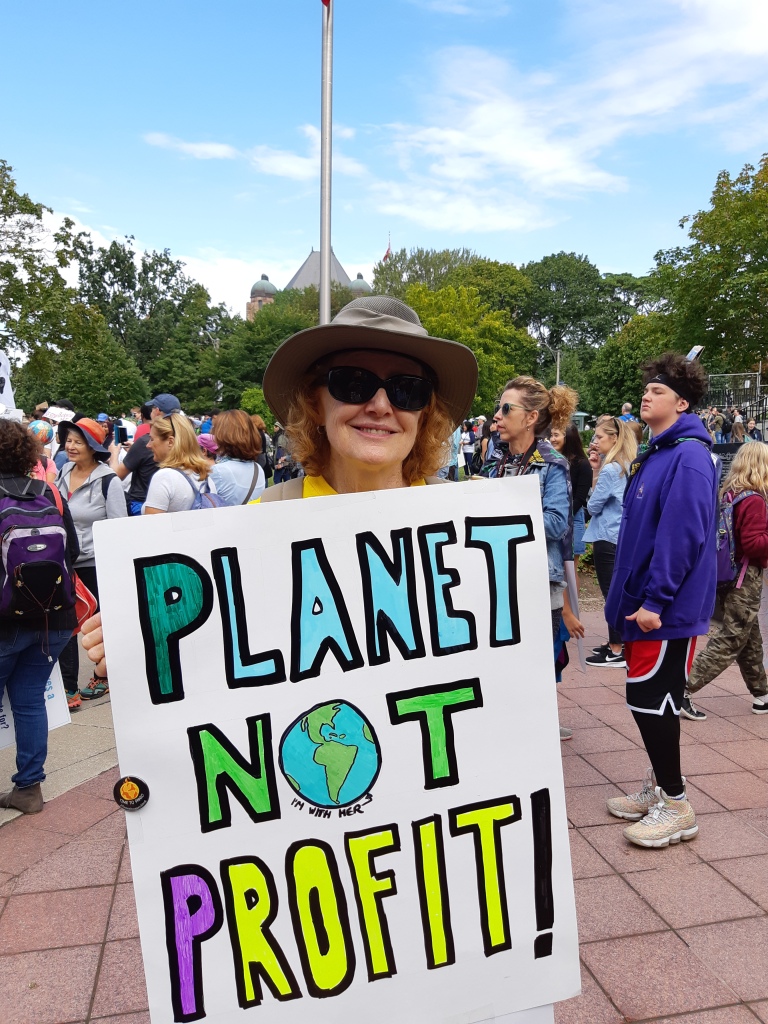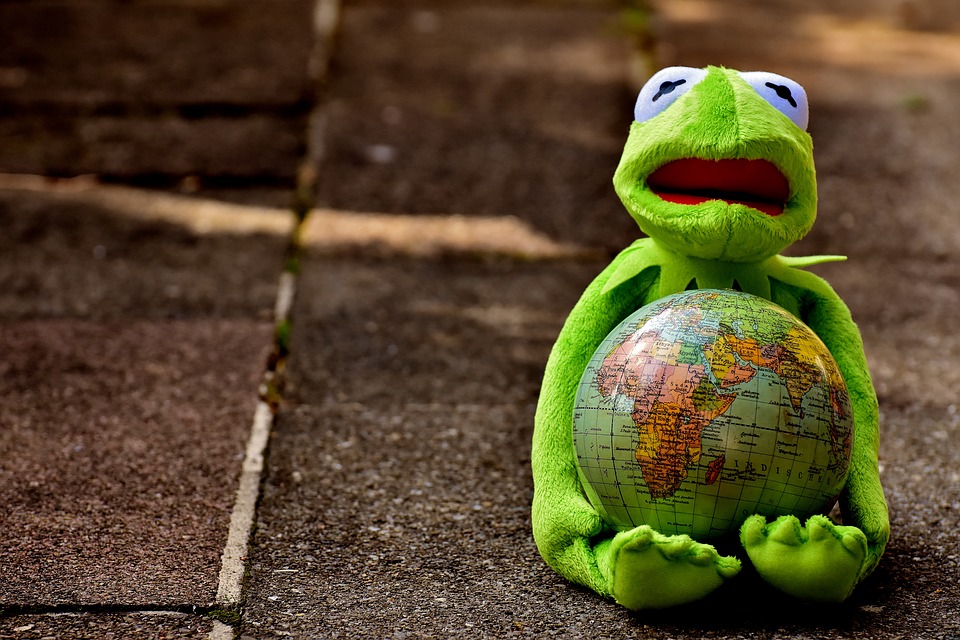
We are having a horrible climate crisis of a summer, here in Canada and around the world. These disasters are right in our faces, and yet we are still not seeing the urgent government action we need to keep this planet habitable. This federal election is our chance to be heard, not just by voting but by telling politicians and political parties on campaign that the majority of Canadians want serious action on the climate emergency now. We are running out of time to act.

So – a few thoughts on what we can do
Talk to politicians, door knockers, survey-takers – and ask questions about climate action. Demand action on fossil fuel projects, greenhouse gas emissions, preservation of green spaces, and more. Make your concerns heard – don’t just listen to them. Plus, talk to friends, family and anyone about the climate crisis and environmental issues. We can change the conversation!
Demonstrate to make your concerns heard! 350.org is planning a second nationwide demonstration next Wednesday, September 8th. The theme is “Canada is still on fire! Act like it!”
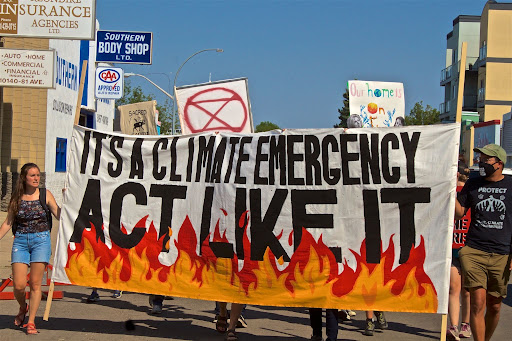
There are close to 50 actions happening across the country, so there’s a good chance one is happening near you! Click here to get more information, and the map showing where the actions will take place. You can click the one closest to you and sign up to attend. (Hope to see lots of you at Queen’s Park for the Toronto action!) We can make sure that climate is an issue in this election, especially with the UN Climate Change Conference/COP26 coming up in Glasgow in the fall.
Voting is important – don’t let someone else decide your government for you! Here are some basics to help you vote, and vote in an informed way:
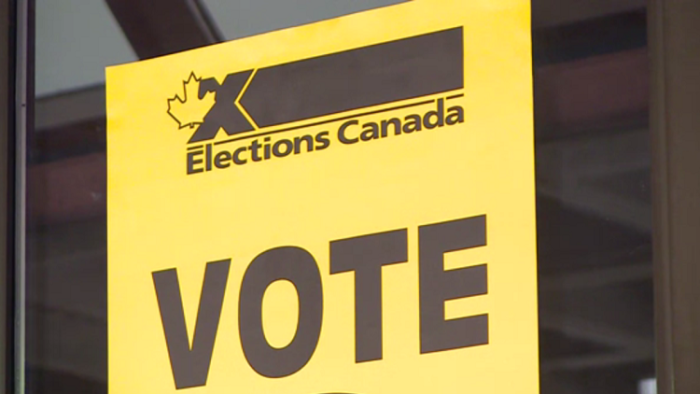
The government site which will allow you to check that you’re registered, and figure out where and when you can vote is here. You can vote at an advanced poll, at an Elections Canada Office, by mail or at regular polls on voting day, September 20th.
How do you decide who to vote for?
Probably not from the ads! Here is the WikiHow method – step by step on how to gather information and make the decision. Also, I recommend trying the quiz at Vote Compass/Canada Votes 2021, which compares your opinions with those of the political parties, and comes up with an idea of which matches you the best. Fun and interesting.
/https://www.thestar.com/content/dam/thestar/politics/federal-election/2021/08/18/these-are-the-four-issues-that-should-dominate-the-federal-election-campaign-heres-what-you-need-to-know/election_leaders.jpg)
For information on the different party platforms, click here: Conservative, Green, Liberal, and NDP. It is worth checking out GreenPac, a non-profit organization which monitors candidates, and in mid-September will be endorsing candidates who have shown environmental leadership.
This site shows national trends based on polls, but will also help you see how things look now in your home riding, to help with your voting decision.
Learn a bit more about the leaders here.
The Toronto Star’s quick explainer on the four main issues is here. (Including the climate crisis!)
Here’s what the Globe and Mail is saying about the campaigns. You can follow politics on the CBC here, including a daily newsletter you can sign up for.

But whatever you do, VOTE!
And pass this blog along to other people!
